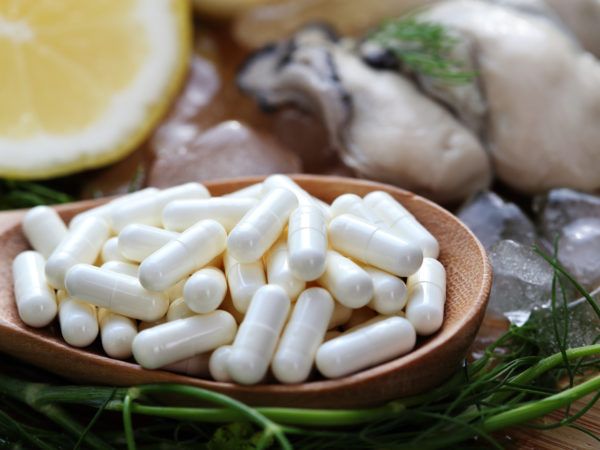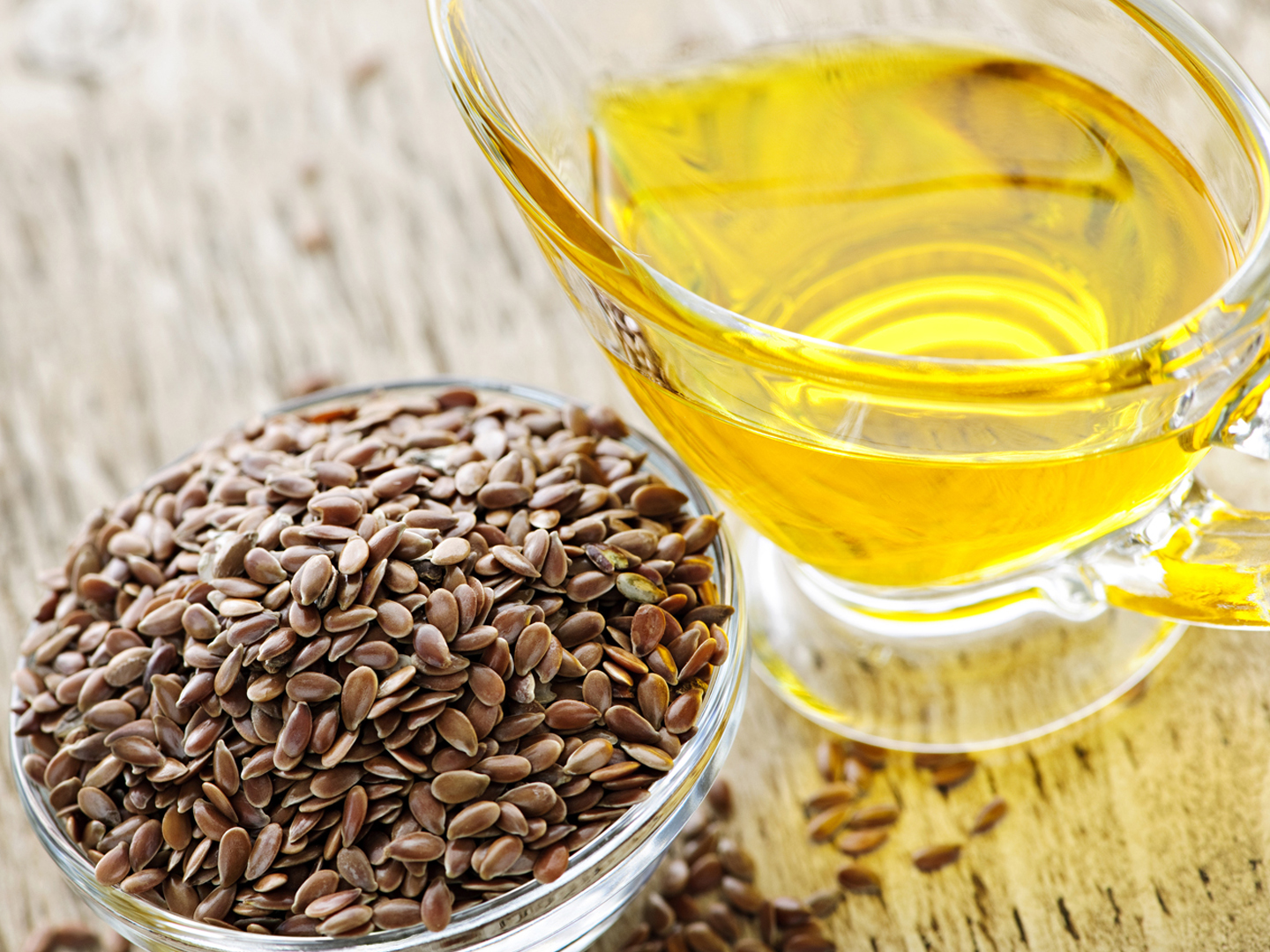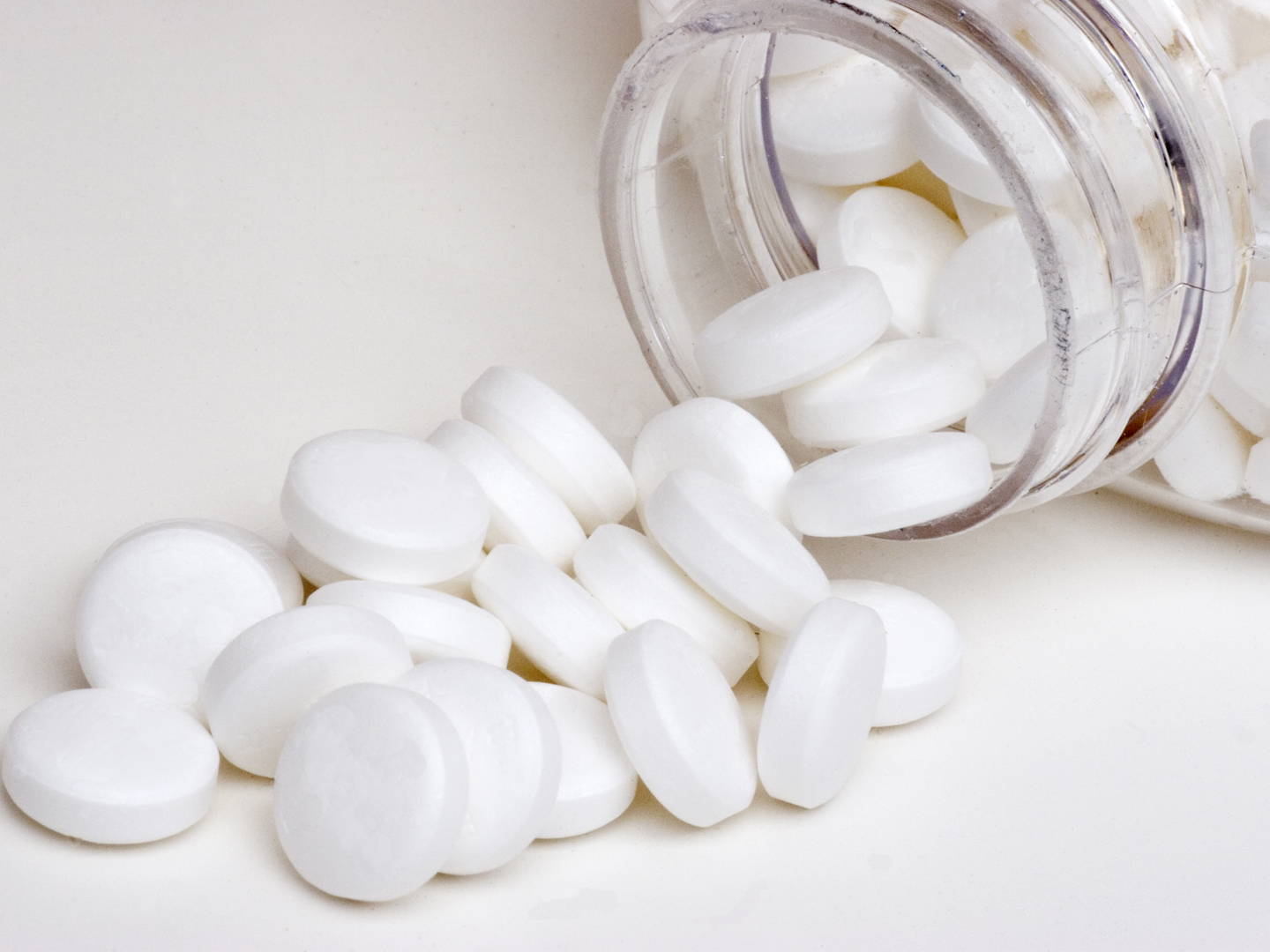Prostatitis

What is prostatitis?
Prostatitis refers to inflammation of the prostate gland, a walnut-shaped organ located under the bladder whose main role is to produce semen. An inflamed prostate can result in a number of symptoms, such as a frequent and urgent need to urinate and pain or burning upon urinating – often in addition to pelvic, groin or low back pain.
What are the varieties?
Prostatitis can appear in several forms. The acute form is seen less often, but is also the most serious, sometimes requiring hospitalization. Symptoms of chronic prostatitis, on the other hand, usually progress more slowly and are not as severe as those of acute prostatitis.
- Acute Bacterial Prostatitis
Bacteria that are found in your urinary tract or large intestine cause this form of prostatitis. Acute prostatitis generally starts in the prostate, but sometimes the infection spreads from a bladder or urethral infection. - Chronic Bacterial Prostatitis
It is not entirely known what causes a chronic bacterial infection. Even if treated correctly with antibiotics, bacteria may remain in the prostate after a bout of acute prostatitis. Urinary bladder catheters, trauma to the urinary system or infections in other parts of the body may also be the source of the bacteria. - Chronic Nonbacterial (abacterial) Prostatitis
Researchers continue to explore the causes of chronic nonbacterial prostatitis, and they have a number of theories about possible triggers, including muscular problems of the pelvic floor that mimic an infection.
What are the causes of prostatitis?
- Obscure infectious agents. Some experts theorize that nonbacterial prostatitis may be the result of an infectious agent that does not show up in basic laboratory tests.
- Heavy lifting. Lifting heavy objects on a full bladder can cause urine to back up into the prostate.
- Certain jobs. Jobs that subject your prostate to powerful vibrations, such as driving a truck or operating heavy machinery, may be a causative factor.
- Physical activity. Jogging or cycling can irritate your prostate gland.
- Pelvic muscle spasm. Urinating in an uncoordinated way with the sphincter muscle not relaxed may cause high pressure in the prostate.
- Structural abnormalities of the urinary tract. Urethral strictures may elevate pressure during urination
What are the symptoms of prostatitis?
Type I – Acute Bacterial Prostatitis
Signs and symptoms of this form of prostatitis usually come on immediately:
- Fever and chills
- A flu-like feeling
- Pain in the prostate gland, lower back or genital area
- Urinary urgency and frequency, difficulty or pain upon urinating, inability to fully empty the bladder and blood-tinged urine
- Painful ejaculation
Acute prostatitis requires immediate medical attention.
Type II – Chronic Bacterial Prostatitis
The signs and symptoms of this type of prostatitis progress more slowly and typically are not as serious as those of acute prostatitis.
- Prostate pain
- Excessive urination throughout the night (nocturia)
- Lower back and genital area pains
- Difficulty starting to urinate, or lessened urine flow
- Occasional blood in semen or in urine (hematuria)
- Painful ejaculation
- A low-grade fever
- Frequent bladder infections
Type III – Chronic Nonbacterial (abacterial) Prostatitis
Chronic nonbacterial prostatitis is the most typical. In general, the signs and symptoms of nonbacterial prostatitis are like those of chronic bacterial prostatitis, although you probably will not have an elevated temperature. Tests will not detect any bacteria in your urine or in fluid from your prostate gland, although you may have white blood cells in your urine and semen.
How is prostatitis diagnosed?
Diagnosing prostatitis is based on ruling out any other medical conditions that may be causing the symptoms and then determining what kind of prostatitis you have. A physical exam may include checking your abdomen and pelvic area for soreness and a digital rectal exam of your prostate. In addition, your doctor may want to test samples of your urine and semen for bacteria and white blood cells to aid in the diagnosis.
What are the conventional treatments for prostatitis?
1. Medications
- Antibiotics.
- Alpha blockers. These are prescription medications, taken by mouth, that help relax the bladder neck and the muscle fibers where your prostate joins your bladder.
- Pain relievers.
- Muscle relaxants.
2. Physical therapy
- Exercise.
- Biofeedback.
- Sitz baths. Soaking the lower half of your body in a tub of warm water may lessen pain and relax the lower abdominal muscles. Prostate massage.
3. Surgical procedures
Your doctor may favor surgery to open blocked ducts if you have a bacterial form of prostatitis and antibiotics do not provide symptomatic relief or if your fertility is adversely affected. Surgery is not an option for nonbacterial prostatitis.
4. Other treatments
Finasteride (Proscar), a drug that lowers hormone levels in the prostate, and microwave thermotherapy may aid some individuals but clinical evidence is lacking.
What are the therapies Dr. Weil recommends for prostatitis?
In younger men, drinking alcohol or consuming too much caffeine (especially coffee) can act as a prostatic irritants and cause frequent urination, so eliminating them from the diet can help. Other irritants include tobacco use and spicy foods. In the case of bacterial prostatitis, antibiotics can help but are less effective if the infection becomes chronic. Dr. Weil advises patients to drink lots of water, and take 60 mg of zinc picolinate once a day until the symptoms improve, then halve the dose and continue on it. Other measures include keeping clear of the prostate irritants listed above as well as avoiding dehydration and prolonged sitting or bouncing (as on a horse, bicycle or motorcycle). Regular ejaculation also appears to have a preventive effect.









